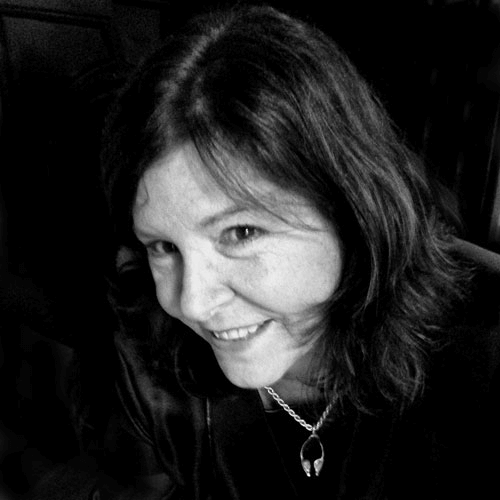Anne Berry's photographs investigate the animal world, the domain of childhood, and the terrain of the Southern wilderness. She also explores themes and metaphors from literature. She was recently named to the "Hot 100 of 2021" list by YourDailyPhotograph.com. Berry has just completed her newest publication of photographs of primates in small European zoos, Behind Glass, 2021
Statement
I am deeply concerned with conservation and global warming. I photograph children as heroes traveling through a broken land, like the speaker of TS Eliot's The Wasteland; for we will leave them searching for the Grail that will heal the land. I am specifically passionate about Georgia's painfully beautiful coastal wilderness, with its salt marshes that are crucial to the health of our planet. My photographs speak to the heart and the imagination, evoking empathy and a desire to protect. Through art I add my voice to the literal prose of science. Please visit the One Hundred Miles foundation for the facts on the threats and how to help.
